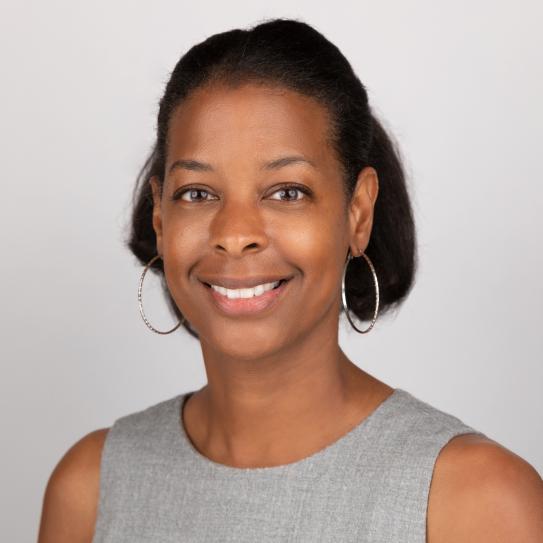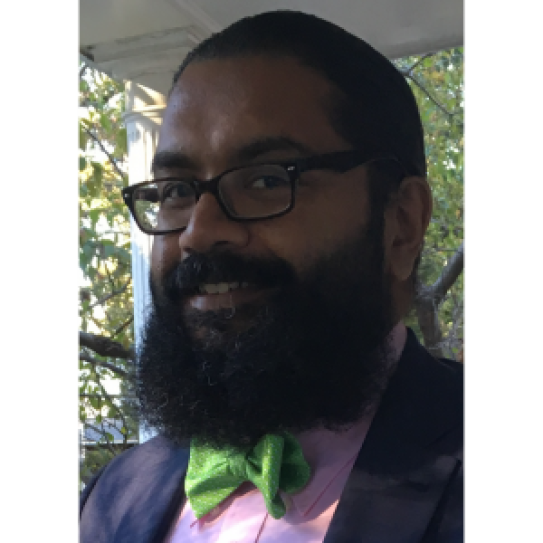Mapping Agricultural Production in NYC (M.A.P. NYC)
- Wythe Marschall, Senior Research Project Manager, Food and Health, Invest NYC SDG (an initiative of the NYU Stern Center for Sustainable Business)
- Alice Reznickova, Ph.D., Industry Assistant Professor, NYU Tandon School of Engineering
Project Abstract
To support an expanded, more just, and self-sustaining urban agriculture sector, Mapping Agricultural Production in NYC (M.A.P. NYC) is using data science to conduct research into NYC’s current food production and distribution. Having created the M.A.P. NYC platform in 2021, the project team is seeking CUSP students to employ this tool to research gaps and opportunities in the local food landscape, analyzing links between urban agriculture and food security status, health outcomes, and land use. Specifically, we seek to set a baseline for agricultural production as a policy recommendation to the new Office of Urban Agriculture.
Project Description & Overview
Mapping Agricultural Production in NYC—M.A.P. NYC—is a tool for farmers, gardeners, researchers, politicians, and food activists that shows all existing food production in the city, whether commercial, non-profit, community, or school-based. M.A.P. NYC displays key food production and distribution data, and each entry is editable by verified users approved by the corresponding farm or garden.
In 2022, we are seeking a CUSP team to use the M.A.P. NYC tool to conduct research into the urban agriculture sector and its links to food security and land use. This work entails a strong research component as well as a light platform-maintenance one, as we seek to extend the utility of the tool and continue to manage the influx of data from growers.
First, we are seeking a team of data science students to analyze the available data and establish the baseline of what foods are produced in NYC, and to inform reasonable estimates about the future growth of the urban agriculture sector over time. Second, we would ask the data team to identify specific urban farming opportunities and distribution gaps. That is, we seek to improve food security in NYC by laying a foundation for an expanded urban agriculture sector, and specifically by establishing how to support urban farming in low-income neighborhoods.
Successful CUSP work will result in a data-driven report on the present and future of the urban agriculture sector in NYC with special attention to policy recommendations and opportunities to meaningfully improve food security.
Datasets
The M.A.P. NYC tool may be extended by the new CUSP team. The current datasets that power the tool include:
- Extant urban agriculture data
- GreenThumb gardens (NYC OpenData)
- GrowNYC website list
- NYCHA garden dataset (provided by NYC Parks)
- School gardens (provided by GrowNYC)
- Potential garden locations (Local Law 46, 2018, via NYC OpenData)
- New urban agriculture data
- Survey of ~100 large (commercial) farms and gardens
- Community garden list curated by 2021 CUSP team
- Food distribution data
- All retail food stores (NY State Open Data)
- SNAP retail stores (USDA Food and Nutrition Service)
- Food pantry locations (provided by City Harvest)
- DOHMH Farmers Markets (NYC OpenData)
- Other data sources
- 2018 NYC PLUTO tax lot data (from DCP)
- Health and demographic data (from American Community Survey via Data2Go)
- NYC Subway stations (NYC OpenData)
- CDC Physical and Mental Health Data (CDC Open Data)
Competencies
The CUSP team should possess a command of relevant data science concepts and skills, including database management, statistics (including linear and nonlinear regression), and data analysis (Python).
Regarding the map tool, ideally, the 2022 team would also include a software engineer/developer with some full stack experience (Node back-end, Mongo database, React-hooks or Vue front-end) and some visualization experience (Mapbox GL, minimal D3). Spatial statistics (Turf) would be a plus. Basic web design skills, for maintenance of the tool, are also required, although the focus of this project is research.
Comfort with and interest in physical and human geography as well as visual design are important, although domain expertise in these areas, along with agriculture and the social sciences, are not required. The project managers will provide an introduction to research in food systems studies as well as facilitate contacts among farmers, gardeners, and other stakeholders as required by the CUSP team’s research plan.
The team should expect to attend weekly meetings by Zoom and collaborate on research documents using the Google Workspace suite of tools.
Learning Outcomes & Deliverables
The CUSP team will learn to collaborate across disciplines, bridging data science into food studies, business anthropology and sociology, critical geography, urban design, and user experience design. Large and dynamic datasets will inform the construction of a research methodology into the urban agriculture sector’s present character and possible future paths. The tool—a public, visual map—will serve as both a resource for research as well as an object to be improved by research.
In terms of social scientific research outcomes, the CUSP team will learn to develop and refine a clear research question regarding food and society, focusing on the role of urban agriculture. The CUSP team will develop a methodology for correlating urban agriculture data with data regarding other social phenomena (e.g., neighborhood-specific food security, neighborhood-specific health outcomes), as well as identifying and categorizing opportunities for novel urban farms and their likely impacts on health.
This research process will culminate in two deliverables: one, a report that summarizes research findings with an eye toward policy recommendation and also points to future research needs, including methods for addressing any gaps identified in the data. Two, the CUSP team will update the M.A.P. NYC tool as possible in response to their research findings (e.g., improving the visualization of gaps and opportunities and/or adding new layers of data on socioeconomic indicators).
Students
Danting He, Katherine Merifield, Dingrui Zhang




